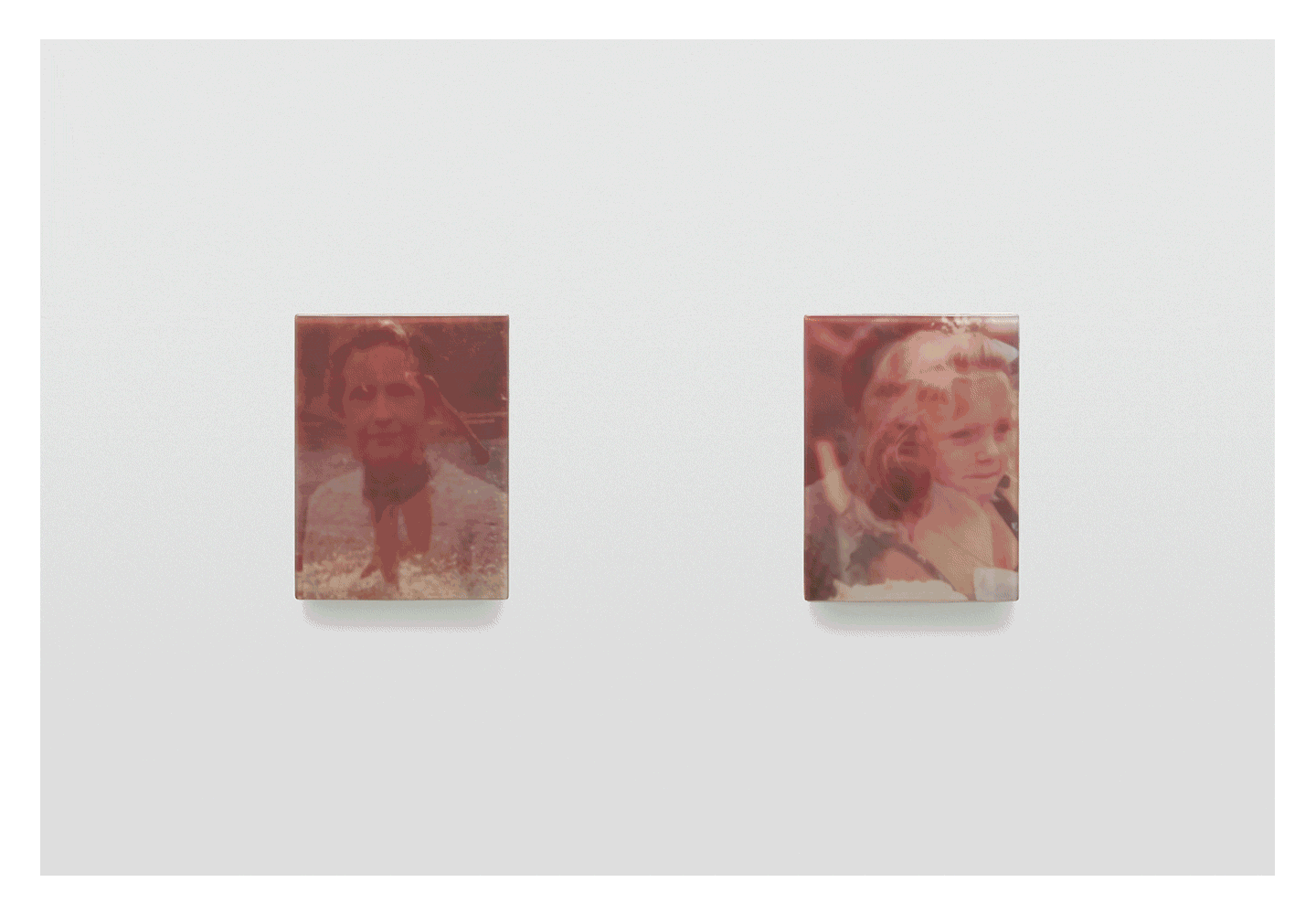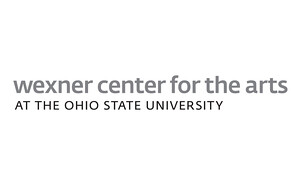Sadie Benning, LaToya Ruby Frazier, Stanya Kahn
February 1–April 26, 2020
1871 N. High Street
The Ohio State University
Columbus, Ohio 43210
United States
T +1 614 292 3535
listweb@wexarts.org
For winter 2020, the Wexner Center for the Arts presents solo exhibitions by three artists who explore different forms of narrative to engage with matters of existential urgency—respectively, responses to trauma, crises in working-class communities, and the threat of climate change.
Sadie Benning considers the fragmented nature of memory in relation to trauma and collectively inherited events with their new work, Pain Thing. It comprises 63 identically-sized panels made of wood, photographic transparencies of images from a variety of sources, and meticulous layers of clear resin. They’re grouped into 19 discrete sequences, each with its own title.
Benning’s decision to organize the panels according to a sequence suggests a narrative dimension—not a fixed one but, rather, one drawing expressive power as each viewer processes their own associations as they move through the three contiguous galleries in which the panels are installed.
The title of the piece began as a play on the word “painting,” making a lightly mocking commentary on the stereotypical anguish of being an artist. But as the creation of Pain Thing progressed for Benning, the phrase came to summarize the artist’s conviction about their practice—that “art can get at the murky vulnerabilities we all carry inside us, but also the beauty and power that art can possess.”
LaToya Ruby Frazier uses her work as a platform for social justice, building on the long legacy of documentary photography. With The Last Cruze, she introduces a major new chapter in her investigations of labor, family, community, and working-class lives.
The Last Cruze centers on the workers at the former General Motors plant in Lordstown, Ohio. Featuring over 60 photographs and other elements, the exhibition is presented within an installation that visually echoes the assembly line in the GM Lordstown Complex. The last Chevy Cruze itself, signed by employees who built the vehicle, will be a prominent addition to the gallery.
After more than 50 years of automobile production, the facility was officially unallocated by GM and stopped production in March 2019. Frazier’s timely, nuanced new work sets out to amplify the voices of the workers directly affected. The artist asks, “What does it look like after the last Cruze comes off the line and the media is gone, when it’s no longer headline news? What does it look like to see not just the plant idled, but the workers’ lives idled, too?” As she invites them to tell their own stories and events ripple through their lives and community, a more complex picture begins to emerge.
Driven by care and worry over a changing planet and its uncertain future, Stanya Kahn created her latest short film No Go Backs as a gift for young people. Making its world premiere at the Wex, the film was shot on Super 16mm and completed with support from a residency in the Wexner Center’s Film/Video Studio.
No Go Backs follows two teenagers (and real-life friends) as they leave the city on their bikes, haphazardly prepared for a quick departure. The precariousness of an endangered world haunts the quiet of this wordless film as the teens make their way into the wilderness, cutting an arduous path along sites of California’s historic water wars in the Eastern Sierra. As more young people follow them into the wild, the film becomes an allegorical epic for an entire generation that must make a new way forward.
“Full of rage and mind-racing perplexity, I made a slow film of vulnerability, love, and fortitude,” says Kahn. “While this new generation carries a special weight—the earth’s own ticking clock and a sweeping global rise in fascism not seen before—history hands down tools. Backpacks half full, savvy, and ‘born under a bad sky,’ the kids will reconfigure the house we’ve left them.“
The Wexner Center is proud to provide a space for these artists to explore pressing issues affecting the world we inhabit.


